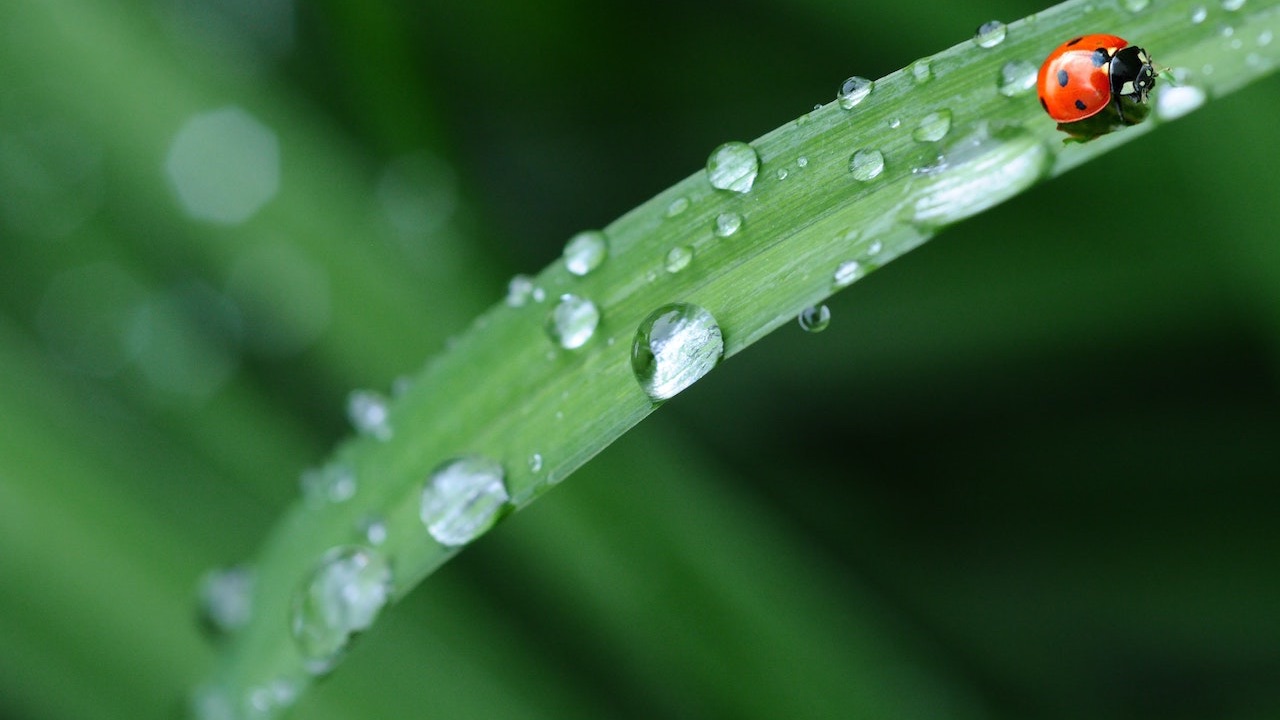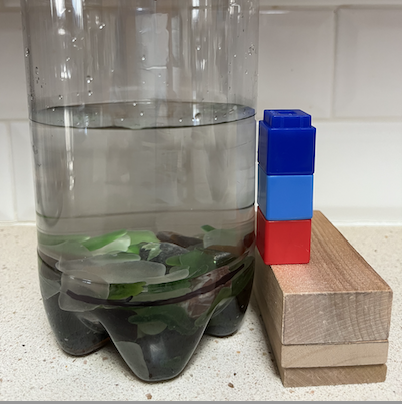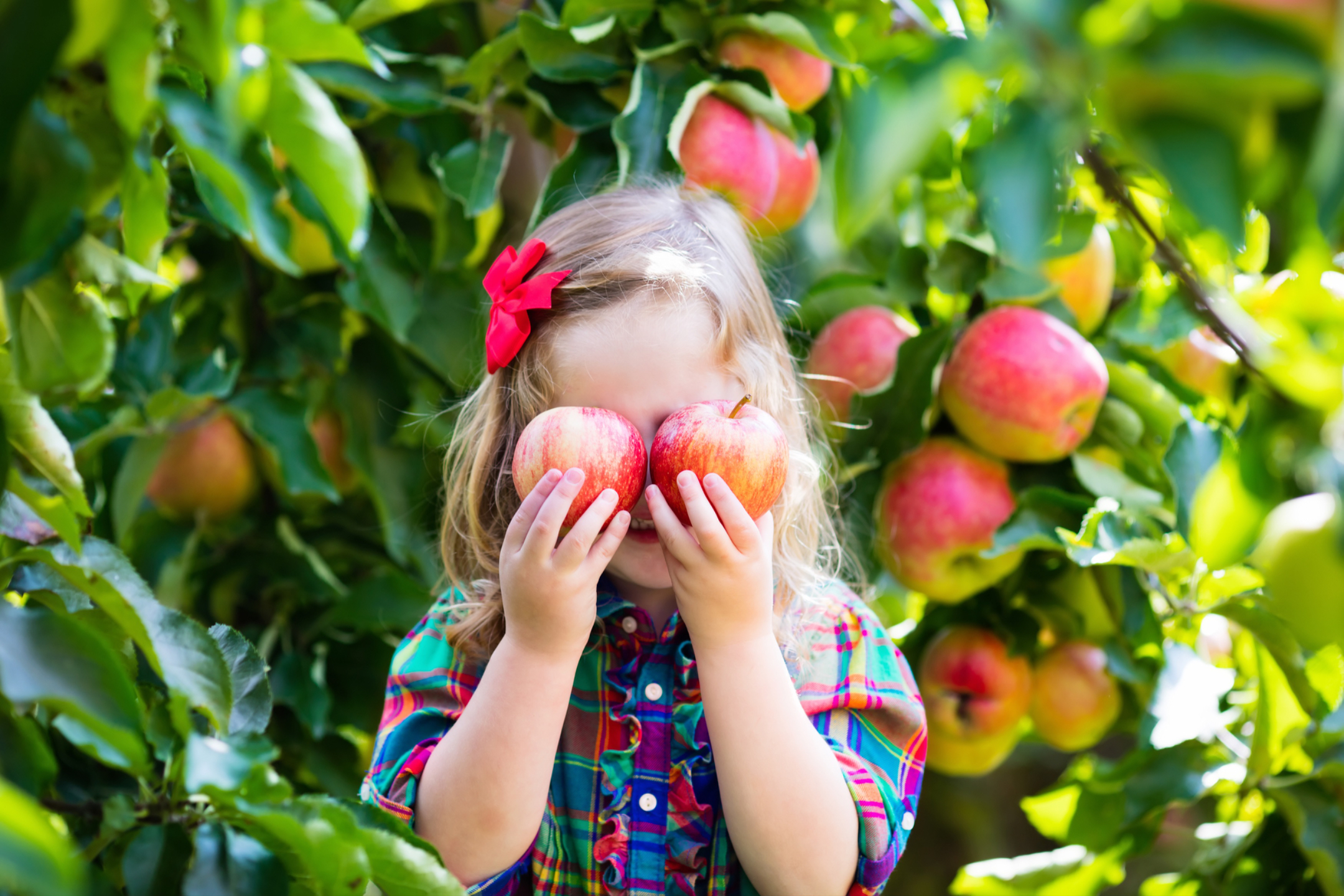Measurement in the Rain
Apr 04, 2023
California has been inundated with rain this winter. The rain has got me thinking about rain gauges and measurement. I have a very informal system in my backyard. It’s just a big bucket that collects water. I’m sure many of you have the same with buckets or flowerpots left in your garden in a rainstorm. What have you noticed about the amount of rain in them this winter? (If you would like to make a more formal rain gauge you can find some instructions here for a simple one that kids can make.)
Usually when we listen to the news, the amount of rainfall is reported in inches. The amount of snowfall is also reported in inches. It’s a great time for children to do some measuring and get a better idea of how much rain or snow has fallen.
This year is the snowiest season in Lake Tahoe since 1970. The UC Berkeley Snow Lab has measured 580 inches from October 1, 2022, to March 8, 2023. 580 inches! Have your child figure out how many feet that is. Hint - It is about the height of a four-story building!
Put your rain gauge out in the next storm and then measure the amount of rain that falls. It is important for children to line up the edge or the first mark with the item they are measuring. With this rain gauge, there are rocks in the bottom due to the unevenness of the bottom. We start measuring at the top of the rocks.
Once children have their item properly lined up, then it is tricky to read a ruler because of all the extra marks on it. Have your child round to the closest whole number. You can also use a Sharpie to mark the half marks to make them easier to see if your child is ready to think about fractions. For older students, use all the marks on the ruler while discussing fractions.

For the youngest students, they are learning to measure in nonstandard units. Use unifix cubes, dice, or anything similar, to measure the height of the water. This rain gauge shows that rain equal to the height of three unifix cubes has fallen.

How much rain did you get at your house? You can extend the learning by measuring how much rain (or snow) has fallen each day during a storm and then graphing it or finding the average of the days you measured.
I remember waking up one morning when my daughter was in about first grade. There was so much noise in our backyard. I couldn’t figure out what was going on. Apparently, she woke up and heard the rain so she pulled out every container she could think of and placed them all over the yard so she could collect the water. She came in soaked and so excited to think about how much rain she was going to collect. I’m sure your child will have fun playing and measuring the rainwater too.
For more fun math activities you can do with 4, 5 and 6 year olds, take my online course. You will learn more about age-appropriate math activities and build your own skills.

